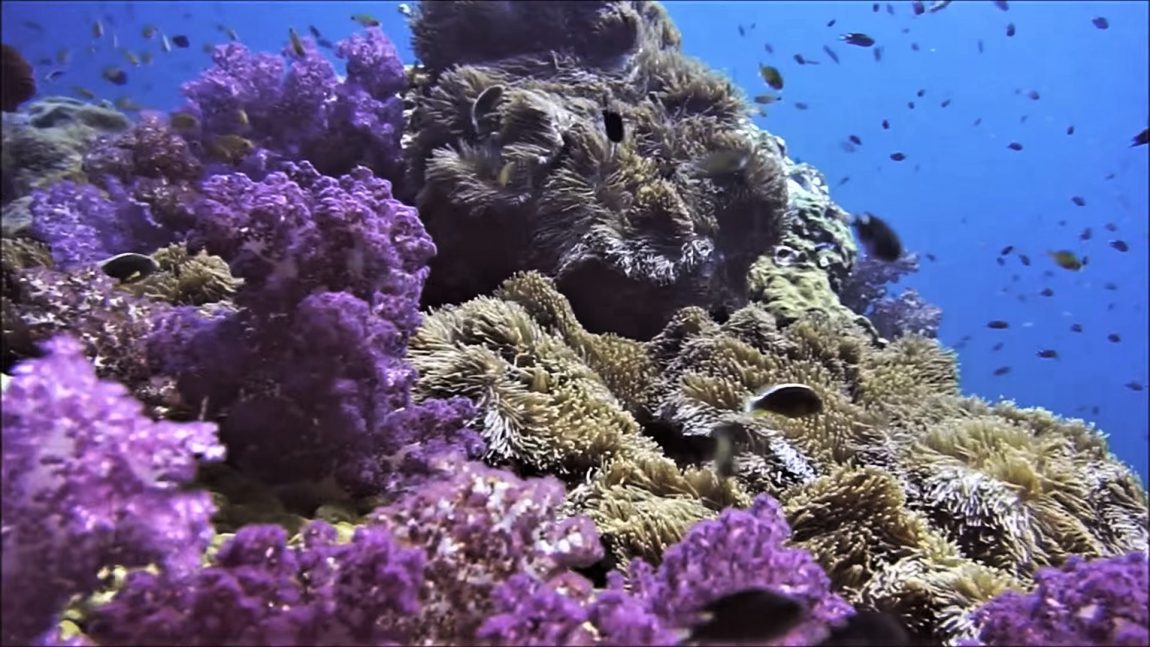
The Similan Islands are located in the Andaman Sea on the West Coast of Southern Thailand, in Lam Kaen, Thai Mueang District, Phang-nga.
The Similan archipelago consists of eleven islands, which are called Koh Bangu, Koh Bon, Koh Ha, Koh Hin Pousar, Koh Huyong, Koh Meang, Koh Payan, Koh Payang, Koh Payu, Koh Similan and Koh Tachai.
All the Islands are located in the Mu Koh Similan National Park, which covers over 140 square kilometers. The Islands are the perfect travel destination for tourist that like to dive and explorer remote and desolated places full of wildlife.
The largest island is Koh Similan and is probably the best place to start your journey . The Similan Islands are surrounded by crystal clear waters that harbor amazing rock formations and spectacular coral reefs. The marine life around the Islands is incomparable in Thailand and the region.
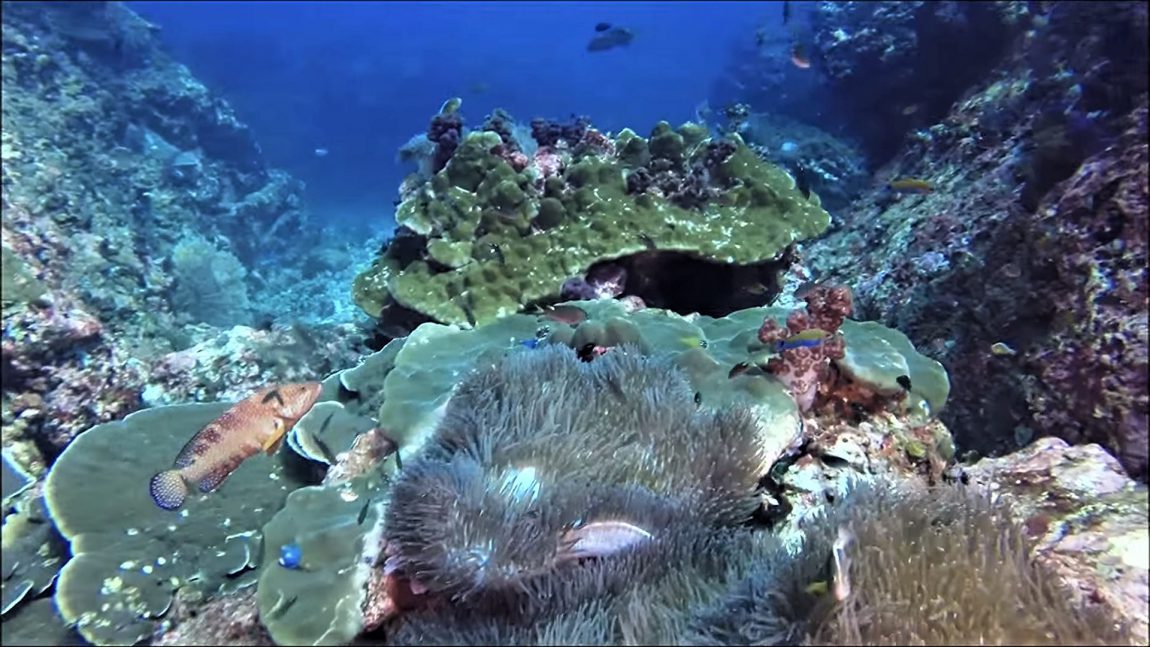
Similan Islands means Nine Islands in Yawi, which is the arterial language of the area. In 2014 the National Park expanded its area and the two islands Koh Bon and Koh Tachai where placed under its protection.
When to visit
The fragile and unique eco systems on the Similan Islands are one of the major attractions of the area. But because the fragility of the nature reserve it can’t endure massive tourist industry. Therefore the government of Thailand is protecting the Islands by closing them down for public during the Monsoon season, which starts around May and ends in October. Between these dates the park is closed for all tourist and other visitors. Unfortunately the remoteness of the Islands does not fully protect them. Since in the monsoon season local fishermen conduct a high amount of illegal fishing, which regretfully enough batters the fragile coral reefs. Additionally some of the Similan Islands are prohibited for to enter all year around because unique species of sea turtles are nesting on the beaches.
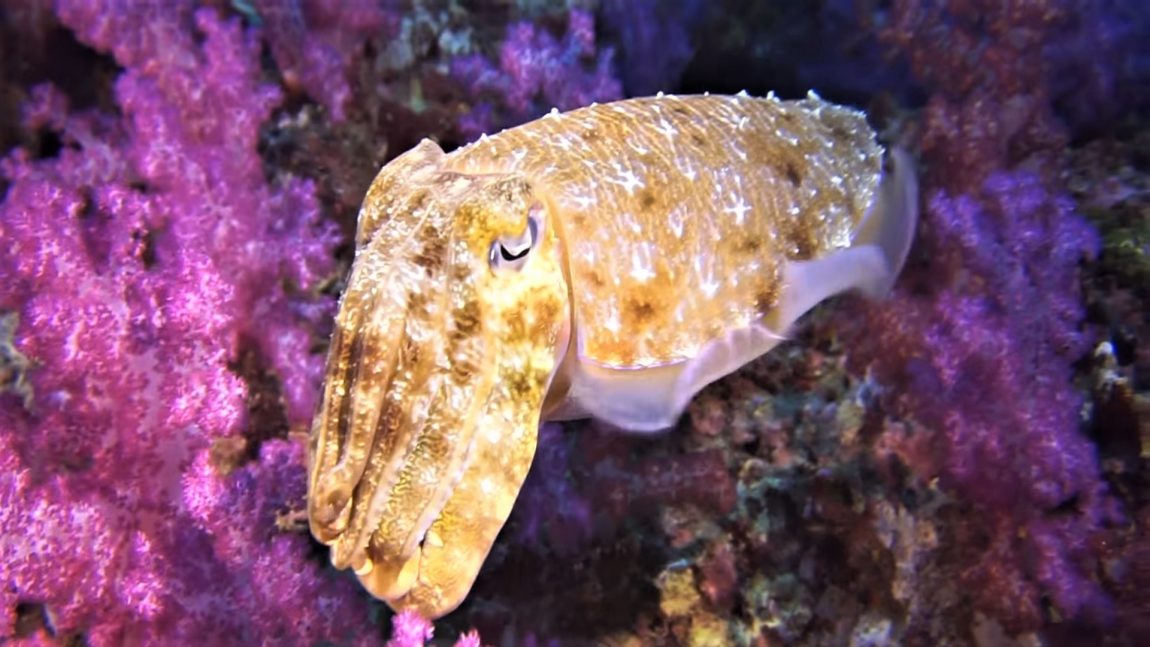
PROTECTION AND PRESERVATION
In 1982, just one year after the full exploration of the islands, the Similan Islands became a protected National Park of Thailand. Since then the Thai Government is restricting access to multiple islands and beaches to protect the wildlife on and around the Islands. Additionally law prohibits sport fishing and commercial fishing in certain areas. This helps in protecting the wildlife that is absolutely pristine and unique for Thailand. On the Similan Islands you will find various varieties of tropical singing birds, reptiles, small critters and amazing sea creatures that migrate onto the land. The crystal clear blue water that’s filled with marine life like sharks, barracudas, triggerfish and various clownfish will certainly amaze you.
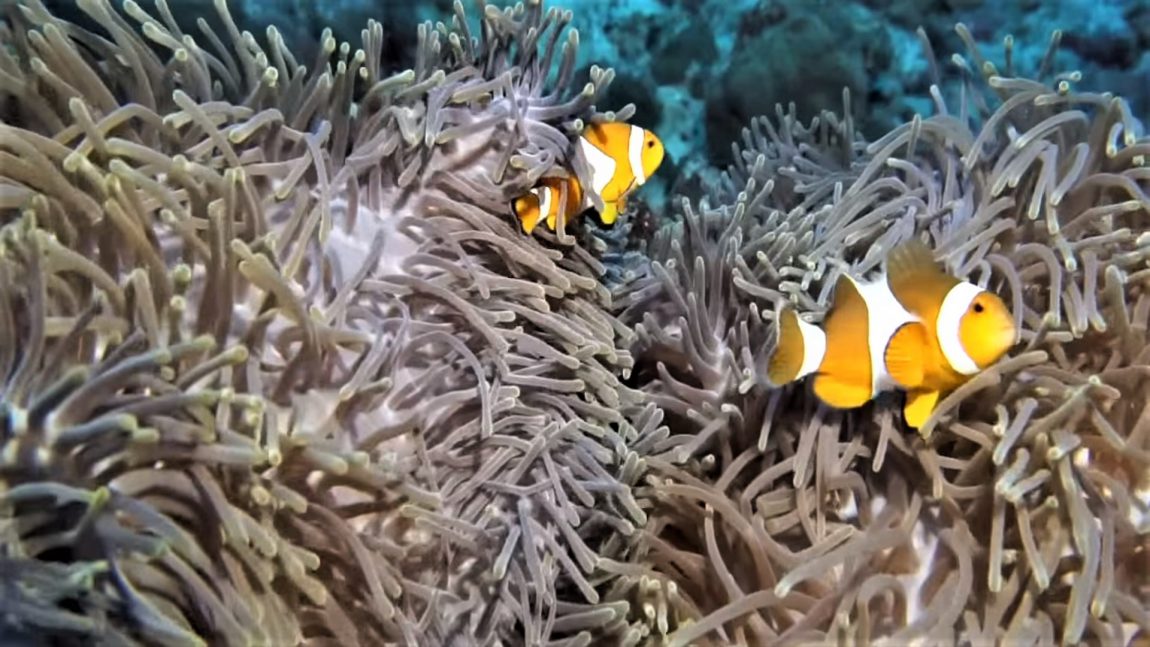
Similan dive sites
Elephant Head (Hin Pusar)
Often rated as the most spectacular dive site in the Similan Islands. Elephant Head Rock is made-up of giant granite boulders. They form a complex maze of swimthroughs, channels and gorges reaching depths of over 40m. From the surface, one rock resembles an elephant (if you have a vivid imagination). Currents can be strong here. You find easy shelter behind boulders. Located just south of Island No. 8 (Ko Similan). For sure one of the best dive sites in Thailand!
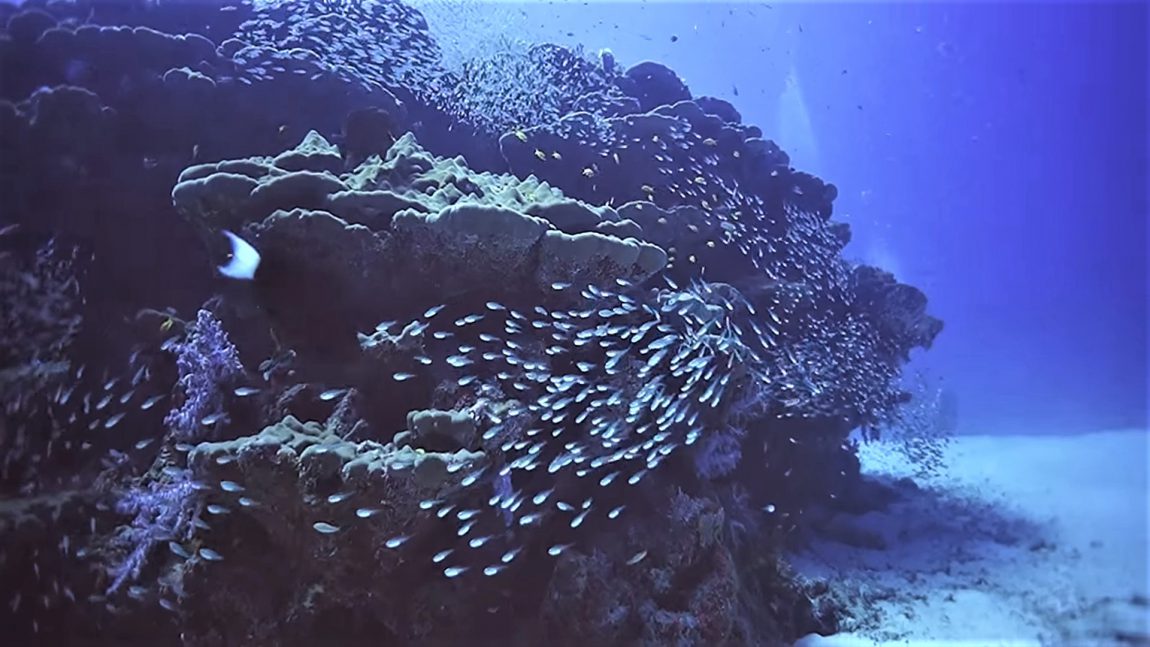
Christmas Point
One of the Similan’s best sites. With boulders, soft corals, arches and passages spread out over a huge area on the west side of island no. 9. Depth from 35m to the surface. A great site to explore! White tip sharks are often seen in deeper sandy areas. Beautiful soft coral gardens hide between the rocks, and the sand rubble bottom is great for critters like nudibranchs and ribbon eels.
Christmas Point is a cluster of submerged boulders. With the exception of a pinnacle. The surface is located on the northwest ridge of Island 9 (Koh Ba-Ngu). Underwater, there are a number of large stacked boulders that stretch from the island to a depth of 35 to 40 meters., which create an arch-like swim-through at 24 meters. The crevices are covered by colorful soft corals and sea fans. In the northeast, there is a mooring line tied to the top of the pinnacle
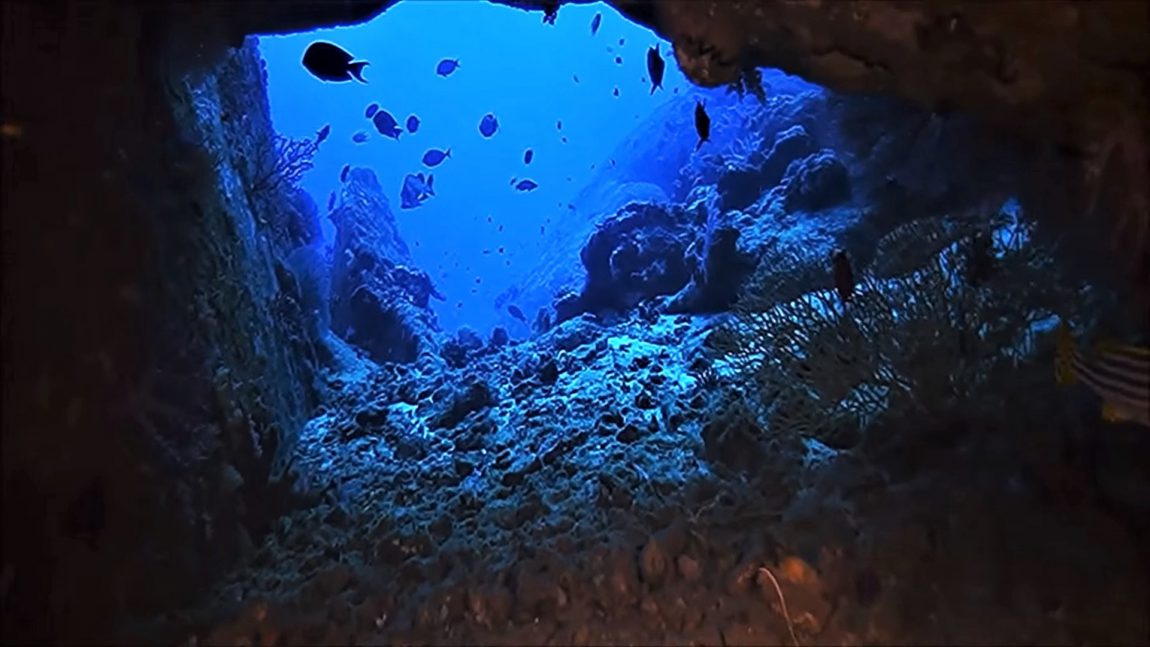
East Of Eden
Probably the best reefs and most variety of any site in the Similan Islands. This is a typical east coast site featuring a healthy hard coral reef mixed with soft corals. There is often a gentle current here, making it a great slow drift dive. East of Eden is true aquarium like diving. Many divers rate it as their favorite site. Turtles are commonly seen on the shallow reef top. In the morning, on the outer sany area, there is a good chance that you will be able to spot some sharks.
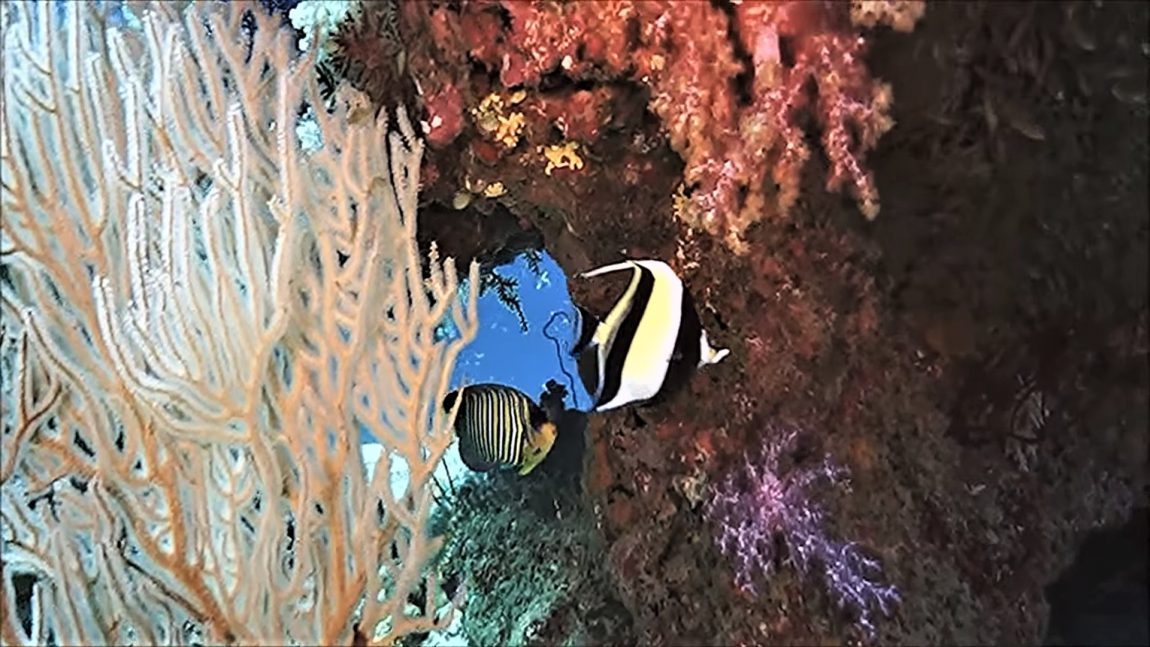
Boulder City / Shark Fin Reef
These two sites are part of a rocky ridge that runs away from Similan island No. 3. Both are great sites for spotting larger fish. Bumphead parrotfish, napoleon wrasse and leopard sharks can be seen here. Beautiful fan coral gardens decorate the passages between the enormous granite boulders. Both sites cover a wide area, with depths from 5 to 35m.
The marine life here is truly diverse and is similar to that of Shark Fin Reef. Sharks sometimes can be spotted around the sand bottom.
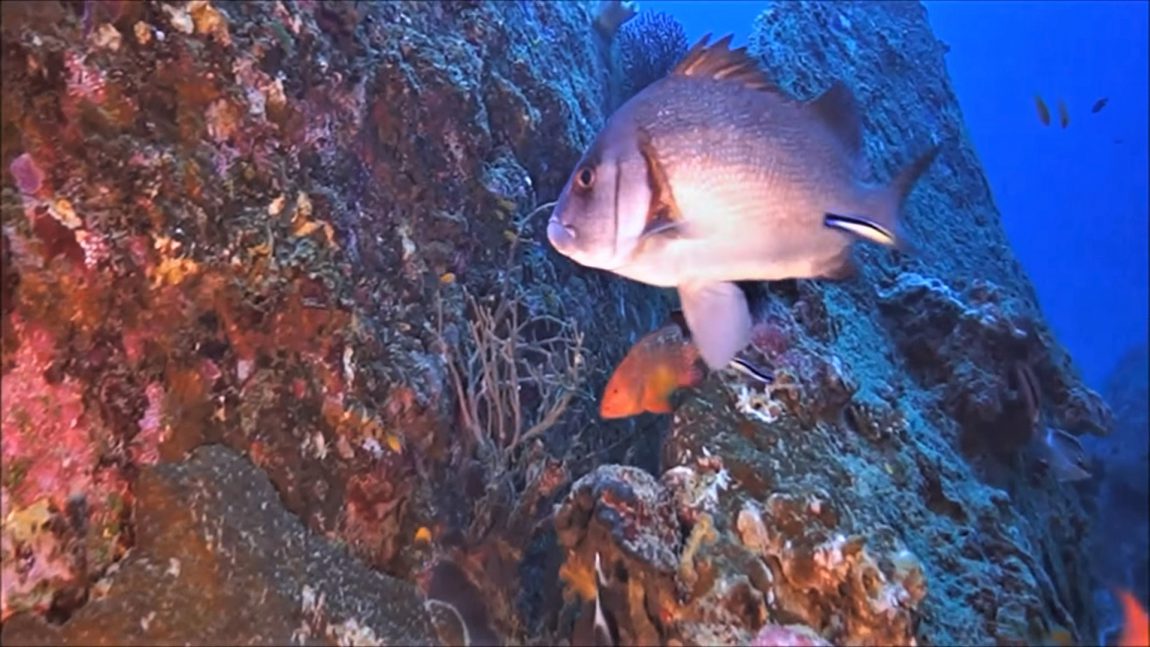
Beacon Point / Beacon Reef
The Southern tip of Similan island No. 8 is wild and rocky. A rock on the surface resembles a face, the Thai name is Na Ling – monkey face , and if you descend here, you find huge boulders from 20-35m on a white sandy bottom. Heading North, you reach the reef that continues for several kilometers along the East of the island. Depending on your drop off point, a dive can be rocks or reef or a mixture of both.
A landmark of this site is a shipwreck named Rareung-Chon, as known as Atlantis-X, which rests in the middle of the reef. The ship sank in 2002, and fortunately there were no fatalities from the incident. The wreck lies on the reef slope at a depth of 30 meters at the stern and 15 meters at the bow.
In the lush corals you can find lots of reef fish. Angelfish, butterflfyfish, fairy, basslets and pufferfish. Porcupinefish, triggerfish and moray eels are abundant here. Large schools of pelagic fish are common. Bluefin trevally, snappers, fusilliers, goatfish and longnosed emperrors can also be seen here.
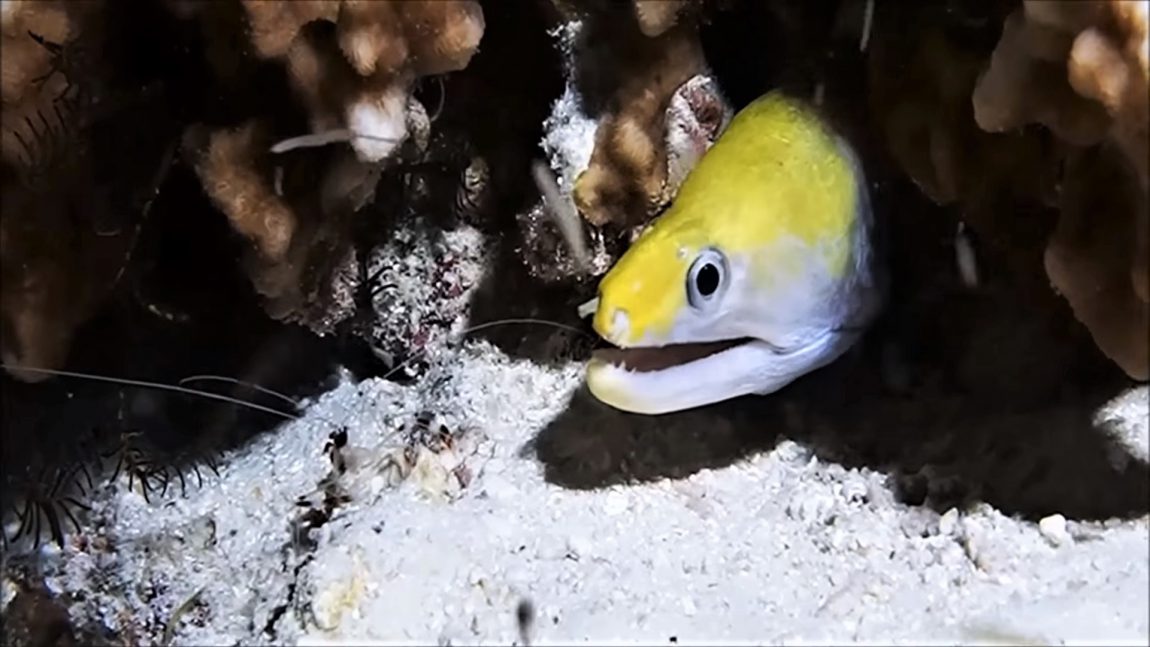
Anita’s Reef
Sometimes called Barracuda point. This Similan dive site winds around island number 5. At the surface it is only a rock-pile. Here is a beautiful reef underwater from 5 to nearly 30 meters and a lot of variety. There is a great big outcrop of coral reef on the east side and some big granite boulders right on the south of the island at about 30m depth. There is a small fishing boat wreck on the west side of the island, which lies at 28 – 40m.
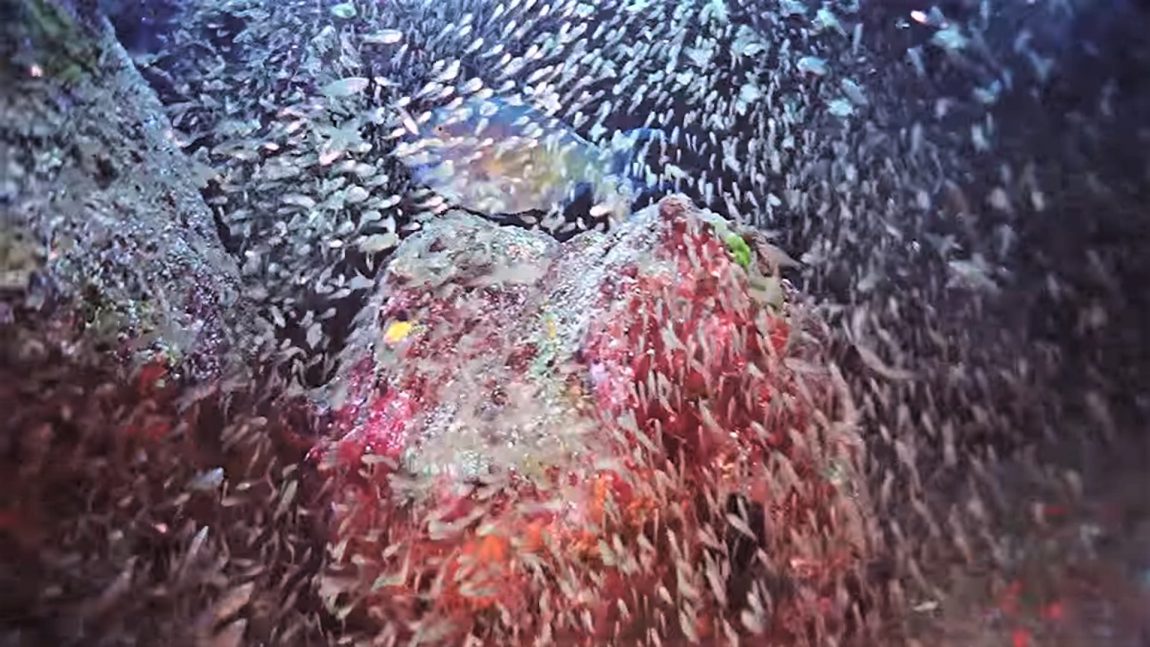
Breakfast Bend
At the Eastern side of Similan Island No. 9 is more healthy and beautiful hard coral. The fish life here is exuberant . Watch banner-fish, damsels, groupers and hunting trevallies who dart into clouds of tiny baitfish. The reef depth drops to 25m, making a great multilevel dive. Your safety stop can continue in the shallows where you should keep an eye out for turtles. This is a great night dive site too. Leopard sharks are common and sometimes two of three of these can be seen in the same dive. Seeing white tip reef sharks and napoleon wrasse is possible here. Kuhl’s stingrays, garden eels, groupers and triggerfish. Plus a differant sort of gobies on the sand are a common side.
This side is home to schools of soldierfish and bluefin trevally. Some camouflage experts like octopuses and ghost pipefish are here at home. Plus cometfish can sometimes be seen in rock crevices. On the northern side, large swarms of friendly batfish and yellowtail barracuda can always be found swimming around.
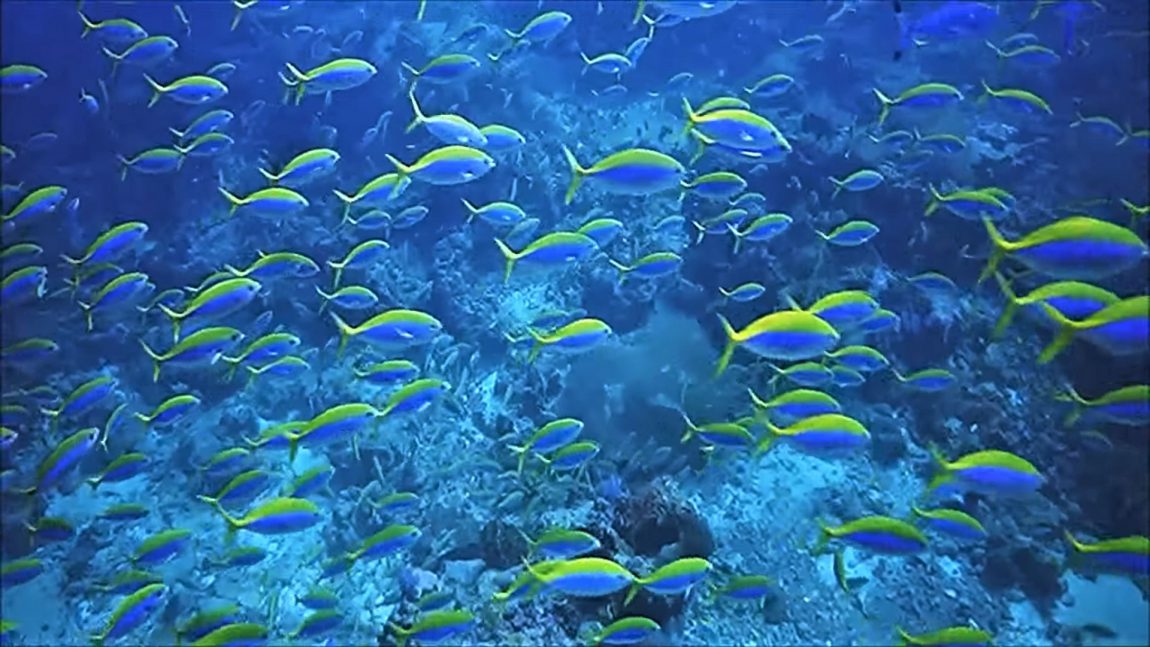
Fantasea Reef
Fantasea Reef is one of the top sites in the Similan Islands. The variety and abundance of fish life is astounding, and the fish seem very curious. There are great rock formations with swimthroughs and soft corals that cover a wide area.
Note : The National Park had closed Fantasea Reef for regeneration, one of many new environmental projects being undertaken. After the tsunami on December 26th 2004, this site was reopened. Not clear if it will be available in 2020. It might be that one or two other sites like Christmas Point or Deep Six may be closed. The reef quality after the tsunami is in good condition.
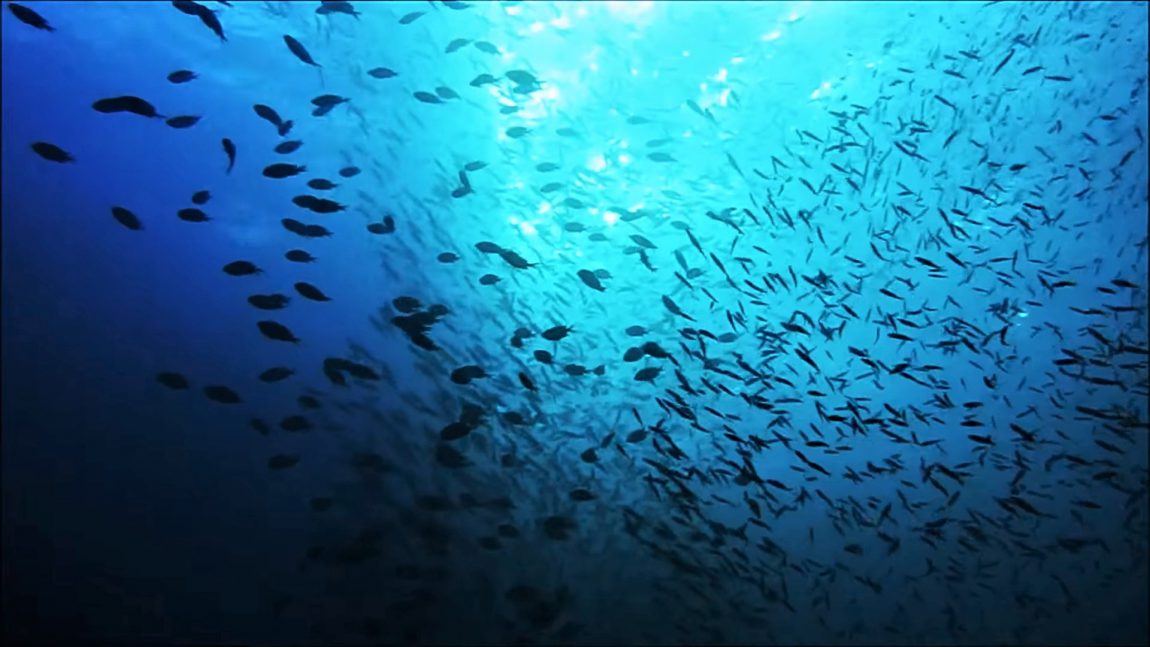
MicDiver©
.